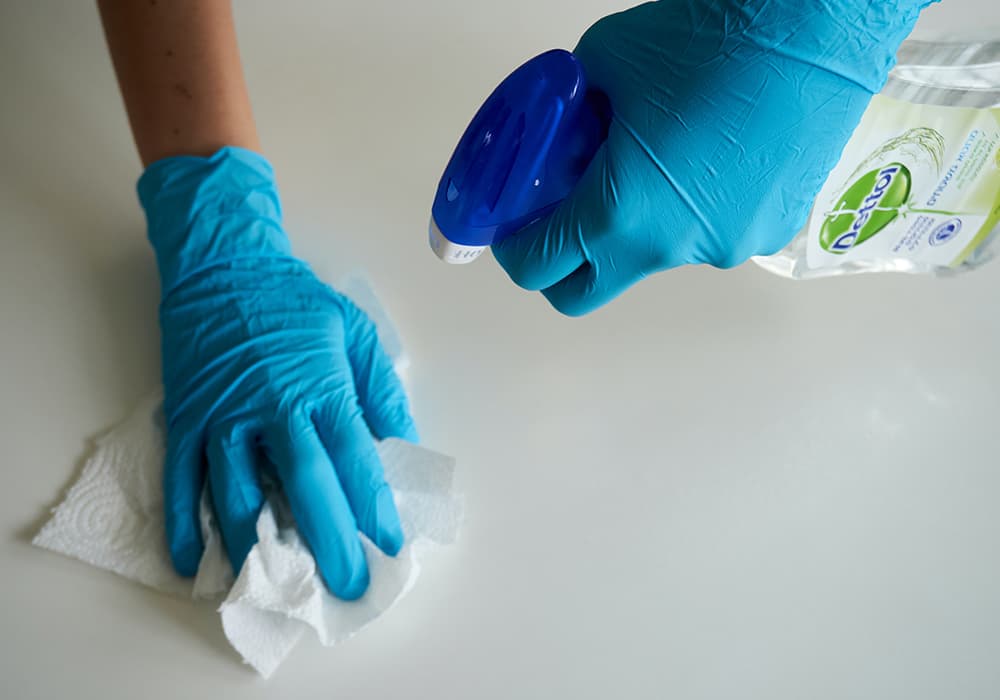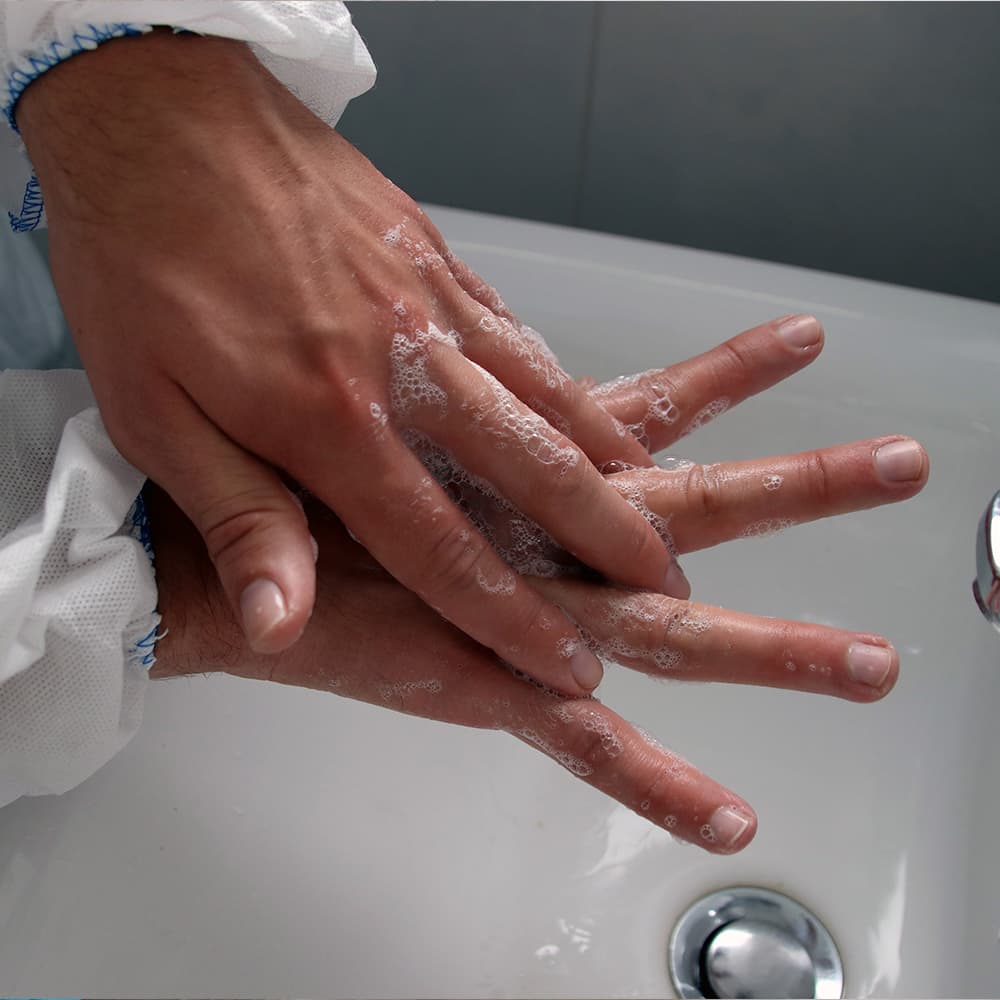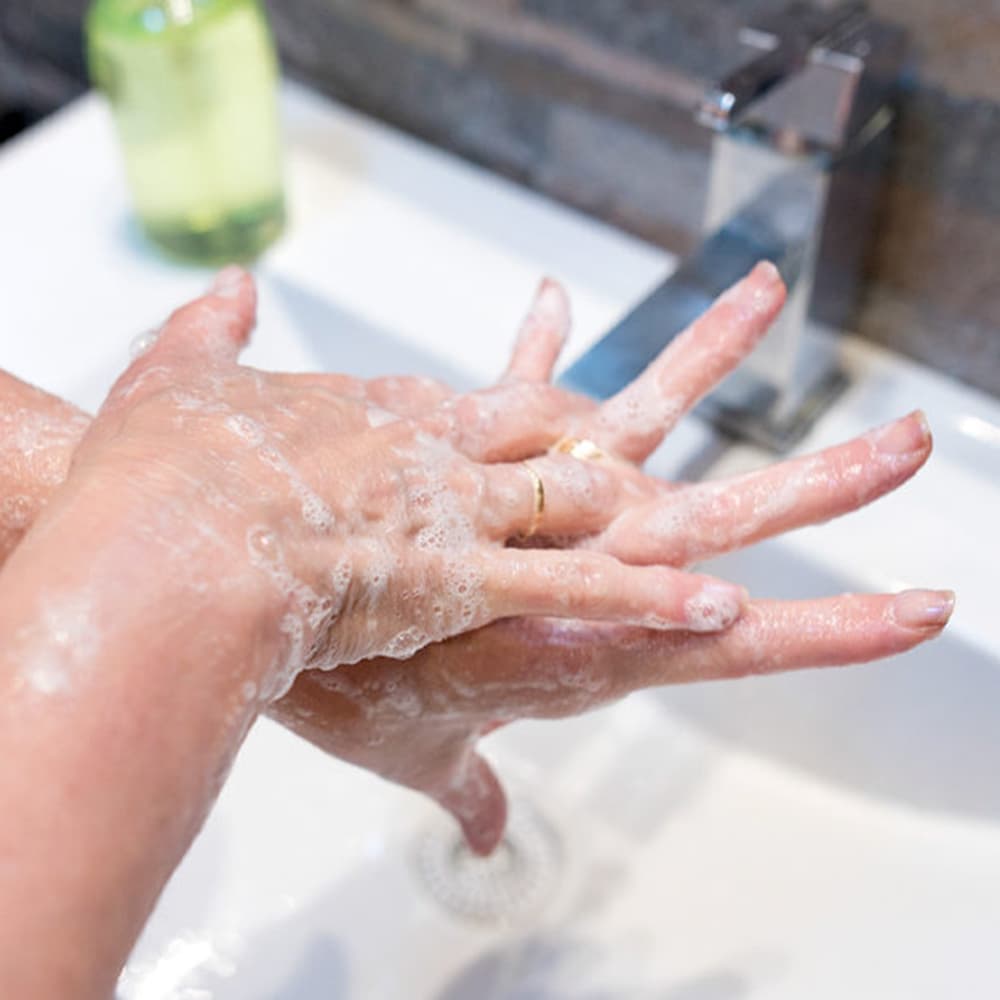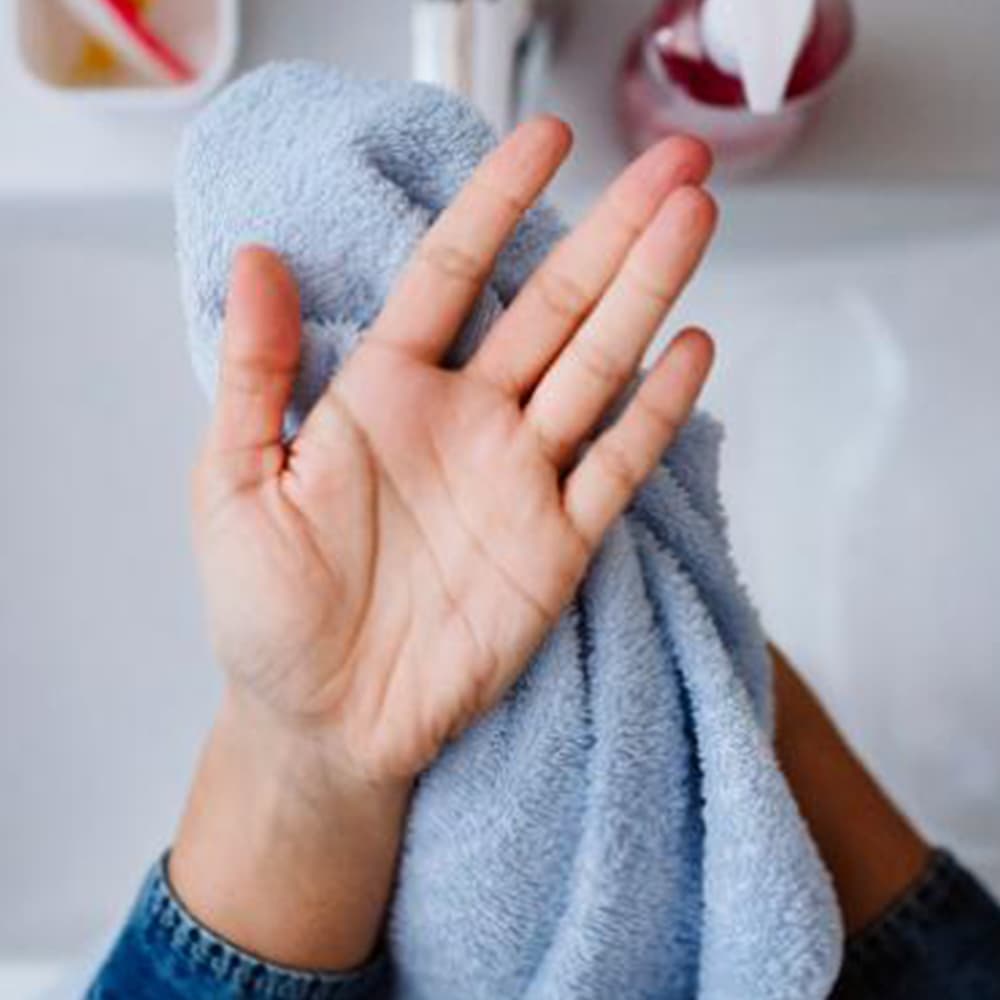How To Prevent Infectious Diseases
Infectious diseases can make a big impact on our lives. See strategies to prevent transmission of infectious diseases in congregate spaces.
What is IPAC?
Infection prevention and control (IPAC) is a practical, evidence-based approach aimed at breaking a link in the chain of transmission and preventing people from being harmed by avoidable infections caused by germs.
Ways to break the chain of transmission include:
- Frequent hand washing and covering coughs and sneezes
- Ensuring vaccinations are up to date
- Staying home when you are sick
- Cleaning and disinfection in your environment
- Storing food properly
- Disposing of waste properly
Hand hygiene
Hands are the most common way of spreading germs. Washing your hands regularly has been shown to significantly decrease the frequency of colds, COVID-19, influenza (the “flu”) and other infections. It’s wise to keep nails short and consider the jewellery you wear, as long nails, artificial nails and jewellery are great hiding places for germs.
Soap and Water: 4 Hand washing tips
Using a hand sanitizer or rub?
Washing hands with soap and water is the best way to get rid of germs in most situations.
If soap and water are not readily available, you can use an alcohol-based hand sanitizer that contains at least 60% alcohol. You can tell if the sanitizer contains at least 60% alcohol by looking at the product label.
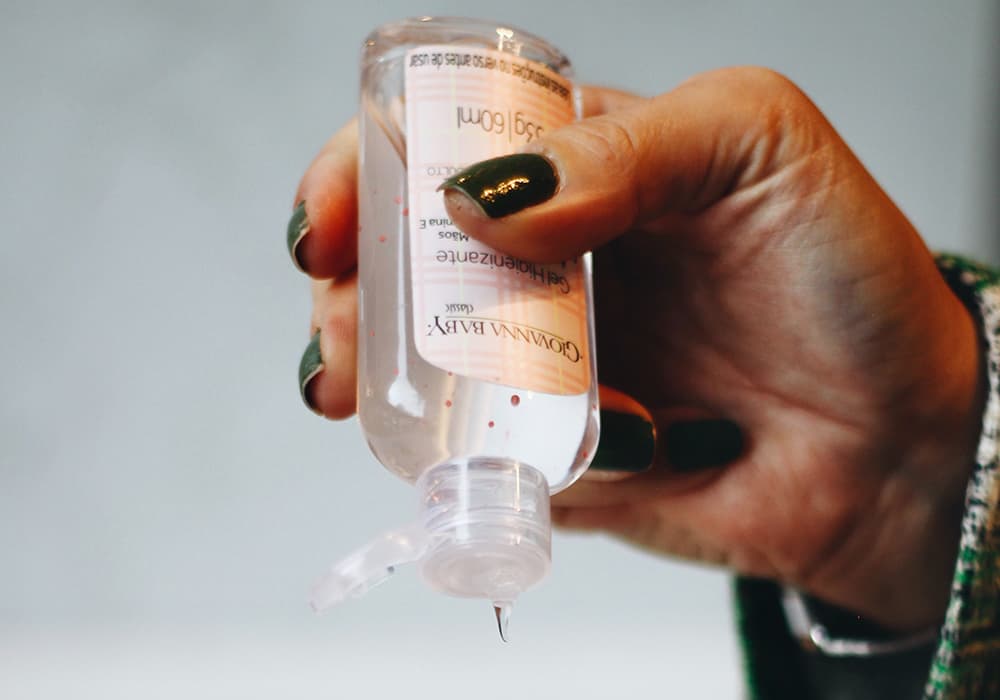
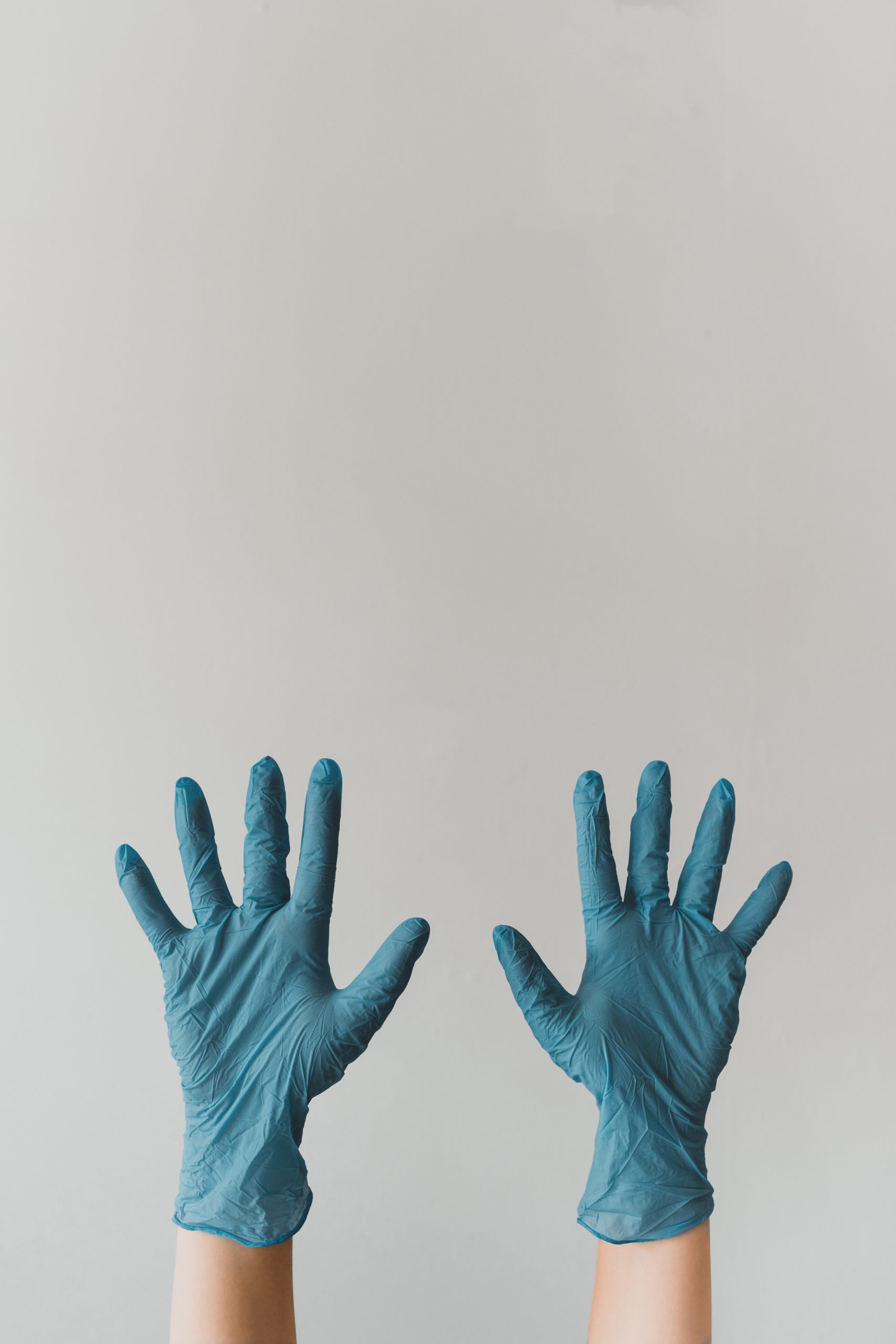
Using gloves, masks and PPE
Masks and Gloves are examples of Personal Protective Equipment (PPE), a physical barrier between you and germs.
Wearing a mask helps to protect others by keeping germs from being spread to others. A face mask can help prevent their germs from splattering in the air and on surfaces. It’s important to wash your hands before and after wearing a mask. Make sure it fully covers your nose, mouth, and chin.
Use gloves when touching items or surfaces that could be soiled with germs. Gloves should be removed immediately after touching the soiled surface and followed by hand washing, with soap and water.
4 tips to handle anti-mask sentiments
Keeping VAW and I&I spaces clean and disinfected
Daily cleaning of high-touch surfaces in rooms and common living spaces is important to control the spread of germs, and reduce the risk of infection. We can all play a role to help keep our spaces clean.
If an area is visibly soiled with debris, first clean the area with a wet cloth and soap. Next you can use a disinfectant (squirt bottle or wipes) to thoroughly wipe the surface. Check the manufacturer’s instructions on the bottle (wipes) for safe and appropriate handling. Allow the area to air dry and don’t forget to wash your hands when done!
